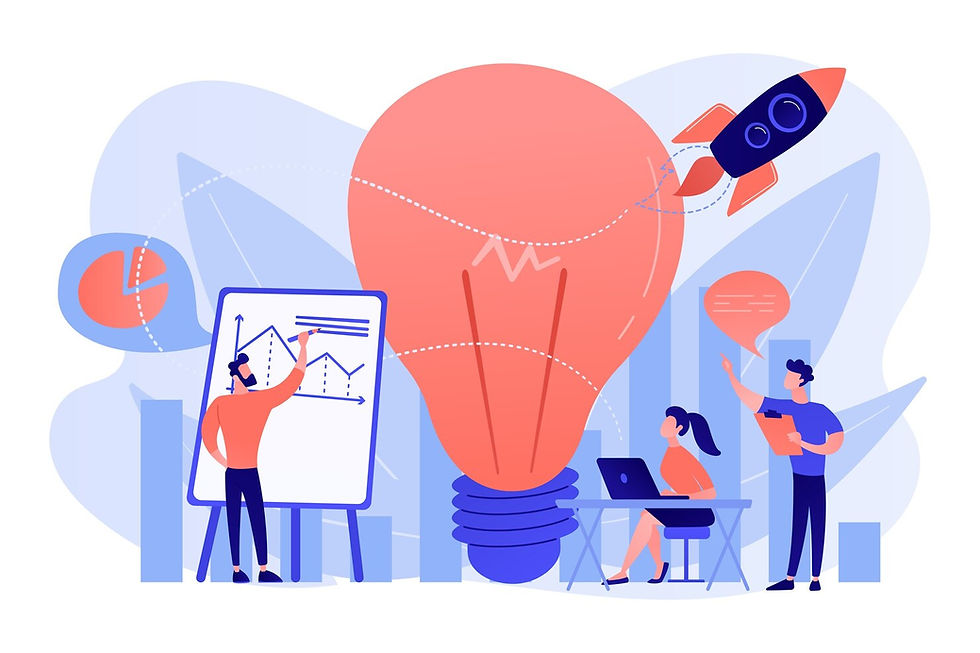Photogrammetry vs. LiDAR vs. Traditional Surveys: The Ultimate Guide to 3D Mapping Technologies in 2025
- Ritika Chhikara
- Oct 14, 2024
- 2 min read
Updated: Jan 8

1. Overview of Each Technology
Photogrammetry: Utilizes overlapping photographs to create detailed 3D models and maps. It is cost-effective and offers high-resolution visual data, though it may struggle with dense vegetation and requires good lighting conditions.
LiDAR (Light Detection and Ranging): Employs laser pulses to measure distances and generate 3D point clouds. LiDAR excels in penetrating vegetation and providing high-accuracy elevation data, making it ideal for forestry, urban planning, and flood modeling.
Traditional Surveys: Involves manual measurements using tools like theodolites and total stations. While highly accurate for small-scale projects, these methods are time-consuming and labor-intensive.
2. Technical Specifications and Accuracy Comparison
Feature | Photogrammetry | LiDAR | Traditional Surveys |
Accuracy | 15-30 cm (vertical), 20-40 cm (horizontal) | 5-15 cm (vertical), 10-30 cm (horizontal) | Sub-centimeter accuracy |
Data Output | 2D/3D models with textures | 3D point clouds | 2D/3D CAD models |
Vegetation Penetration | Limited | Excellent | Not applicable |
Weather Dependence | Requires clear skies and good light | Operates in most conditions | Weather-independent |
3. Cost Analysis
Technology | Initial Cost | Operational Cost | Maintenance Cost |
Photogrammetry | 3,500(camera)−50,000 (drone setup) | Moderate (software and training) | Low (camera maintenance) |
LiDAR | 50,000−300,000 (sensor setup) | High (data processing and storage) | High (laser sensor upkeep) |
Traditional Surveys | 10,000−50,000 (equipment) | High (labor-intensive) | Moderate (equipment calibration) |
4. Optimal Use Cases
Photogrammetry: Ideal for urban planning, real estate, and cultural heritage projects due to its visual detail and cost-effectiveness.
LiDAR: Best for forestry, flood modeling, and autonomous vehicles, where high accuracy and vegetation penetration are crucial.
Traditional Surveys: Suitable for small-scale construction and land parceling, where high precision is required but the area is manageable.
5. Emerging Trends and AI Enhancements
AI in Photogrammetry: Improves image alignment and 3D reconstruction, reducing processing time and enhancing accuracy.
Hybrid Systems: Combining LiDAR and photogrammetry offers high-accuracy point clouds with rich visual textures.
Automation in Traditional Surveys: Robotic total stations and GPS-based systems reduce manual labor and improve efficiency.
6. Comparison Matrix: Choosing the Right Technology
Criteria | Photogrammetry | LiDAR | Traditional Surveys |
Best For | Visual detail, cost-effective projects | High accuracy, dense vegetation | Small-scale, high-precision tasks |
Limitations | Weather-dependent, struggles with vegetation | High cost, complex data processing | Time-consuming, labor-intensive |
Future Potential | AI-enhanced processing, hybrid systems | Integration with AI and IoT | Automation and GPS advancements |
Conclusion: Choosing the Right Technology for Your Project
Selecting between photogrammetry, LiDAR, and traditional surveys depends on your project's specific requirements, budget, and desired accuracy. Photogrammetry offers cost-effective visual data, LiDAR excels in precision and vegetation penetration, while traditional surveys remain relevant for small-scale, high-precision tasks. As AI and hybrid systems continue to evolve, the future of 3D mapping promises even greater efficiency and versatility.
For a customized recommendation, consider your project's scope, environment, and budget. Stay ahead of the curve by leveraging the latest advancements in 3D mapping technologies.




Comentarios